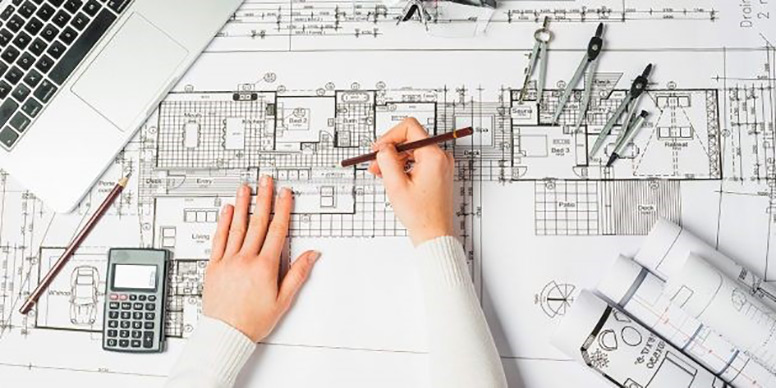
How The Architectural Industry Is Turning More 'Green'
In recent years, the architectural industry has been increasingly focused on sustainability and reducing the environmental impact of buildings.
As concerns about the environment continue to grow, architects are turning to innovative design and construction methods to create more eco-friendly structures. Here are some ways in which the architectural industry is turning more 'green'.
Reuse and recycle principles
One of the most effective ways to reduce the environmental impact of buildings is to incorporate reuse and recycle principles into design and construction.
This involves using materials that have already been used, repurposing existing structures, and recycling waste materials. By adopting these principles, architects can reduce the amount of waste generated during construction and help to preserve natural resources.
Passive design

Passive design is an approach to building design that aims to reduce energy consumption by maximising the use of natural resources such as sunlight and air.
By incorporating features such as large windows, natural ventilation, and insulation, architects can create buildings that are more energy-efficient and require less artificial heating and cooling.
Green materials
Green materials are materials that are sustainable, environmentally friendly, and have a lower carbon footprint than traditional building materials.
These include materials such as bamboo, recycled timber, and natural stone. By using green materials, architects can reduce the environmental impact of their buildings and contribute to a more sustainable future.
Innovative technologies
Advances in technology are enabling architects to create more sustainable and energy-efficient buildings.
For example, 3D printing technology can be used to create structures that use less material and produce less waste, while smart building technology can help to reduce energy consumption and improve building performance.
Recycled materials
Another way in which architects are turning to sustainability is through the use of recycled materials.
By repurposing materials that have already been used, architects can reduce the amount of waste generated during construction and create more eco-friendly buildings.
There are numerous examples of architectural projects that have been made entirely out of recycled materials, including schools, offices, and residential buildings.
In conclusion, the architectural industry is increasingly focused on sustainability and reducing the environmental impact of buildings.
By incorporating reuse and recycle principles, utilizing the practicality of skip hire services, adopting passive design, using green materials, embracing innovative technologies, and utilising recycled materials, architects can create buildings that are not only visually stunning but also environmentally friendly.
As the world continues to grapple with day-to-day challenges, the architectural industry has a critical role to play in creating a more sustainable future. By leading the way in sustainable design and construction, architects can help to preserve our planet for generations to come.










